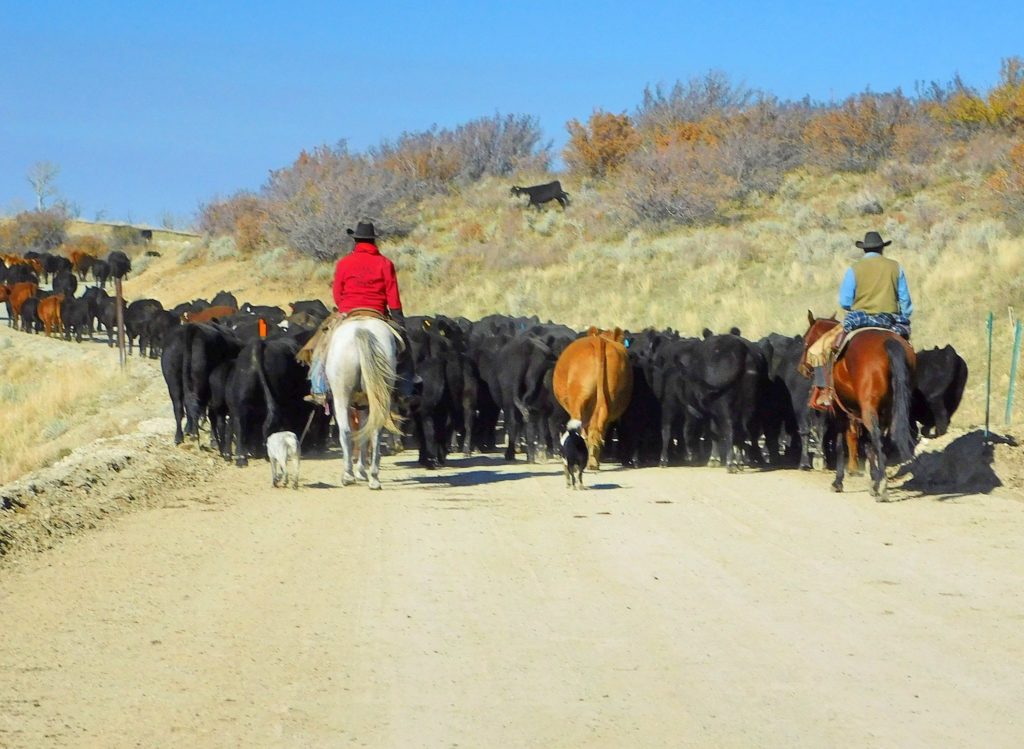From the Pa. Farm Show: Energy costs are top concern
By Salena Zito for the Post Gazette
HARRISBURG — When a snowstorm was threatening to hit Pennsylvania last weekend, Berks County dairy farmer Lolly Lesher said she didn’t have the luxury of staying home from the office when storms paralyze the roads.
“I still have to get up well before dawn, no matter what Mother Nature decides she is going to do that day. We really do strive every single day to take excellent care of our cattle; my cows get fed before my kids do, and they eat a balanced, better diet than my children ever did,” said Ms. Lesher, who — with her daughter, Olivia — was showcasing one of her dairy cows at the Pennsylvania Farm Show.
The matriarch of this seven-generation dairy-farming family said weather is one of the three variables farmers traditionally have no control over, and that keeps their lives and livelihood in a constant state of uncertainty. “The other two are the politics of trade and the fluctuating tastes of the American consumer — a great example of that would be recent dietary fads like almond and oat milk,” said Ms. Lesher of the plant-based drinks that now stand carton to carton with milk in the dairy aisle.
In fact, since the dawn of the fitness craze in the 1970s, consumption of milk is down 42%, from 247 pounds per person in 1975 to just 144 pounds today.
Ms. Lesher says that now a fourth variable has emerged, and it is gutting the farming industry.
“Energy costs,” she said, shaking her head. “They are wreaking havoc on our inputs both in terms of access as well as costs.”
Ms. Lesher explains that it all begins with the equipment she needs to operate her 250-plus acre farm: “My tractor has 385 horsepower to plow the field, to plant the grain, to harvest the grain, so we spend thousands and thousands of dollars on fuel just for that tractor.”
It isn’t just the cost of products that come from energy — it’s also availability. “We are having a very hard time even buying fertilizer,” Ms. Lesher said.
The farm uses the manure it generates as fertilizer, of course, “but we also buy urea, which is a petroleum-based fertilizer,” Ms. Lesher said, “and it’s tripled in price. Am I going to get triple for the product when I sell it? No. Our profit margins are really slimming down because of the huge impact of increases in petroleum.”
Everything on a farm has a petroleum connection: It’s not just the fertilizers, but getting the cows’ feed to the farm and getting their milk to market.
The Leshers sell bottled milk in their own farmers market, which is known for rich homemade ice cream and doughy baked goods, as well as at several southeastern Pennsylvania grocery stores, restaurants and bakeries. “When we bottled milk, those plastic bottles are based on petroleum,” said Ms. Lesher. “I’ve had seven price increases in the past three months alone on the bottles that I put my milk in; it is getting very difficult.”
There are over 2 million farms across the United States, and 99% of them are family owned; the average farm is about 435 acres, with 914 million acres of land dedicated to farming in a country of 2.43 billion acres.
In short, if you drive anywhere across this country, you will see innumerable American farms. And each one of those feeds, on average, 166 people in the U.S. and around the world, according to the American Farm Bureau. The industry employs over 24 million Americans.
Farming has always been the backbone of Pennsylvania’s economy. There are over 53,000 farms on 7.3 million acres in the commonwealth, accounting for $83.8 billion in direct economic output.
If a farmer’s pocketbook is hurting, all of us are hurting.



The Dairy Margin coverage from the govt to dairy farms was over $1.1 billion in 2021.
That coverage will likely be More$ in 2022.
It does not matter what the dairy farms increased costs are, the govt covers it.
Dairy is 1 of thee most heavily govt subsidized segments in agriculture.